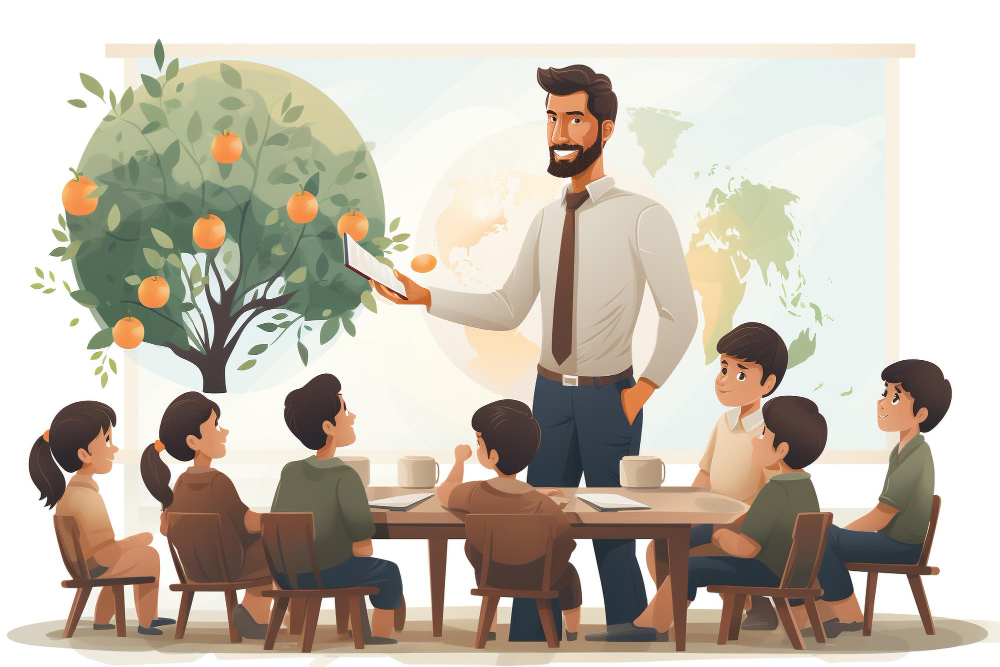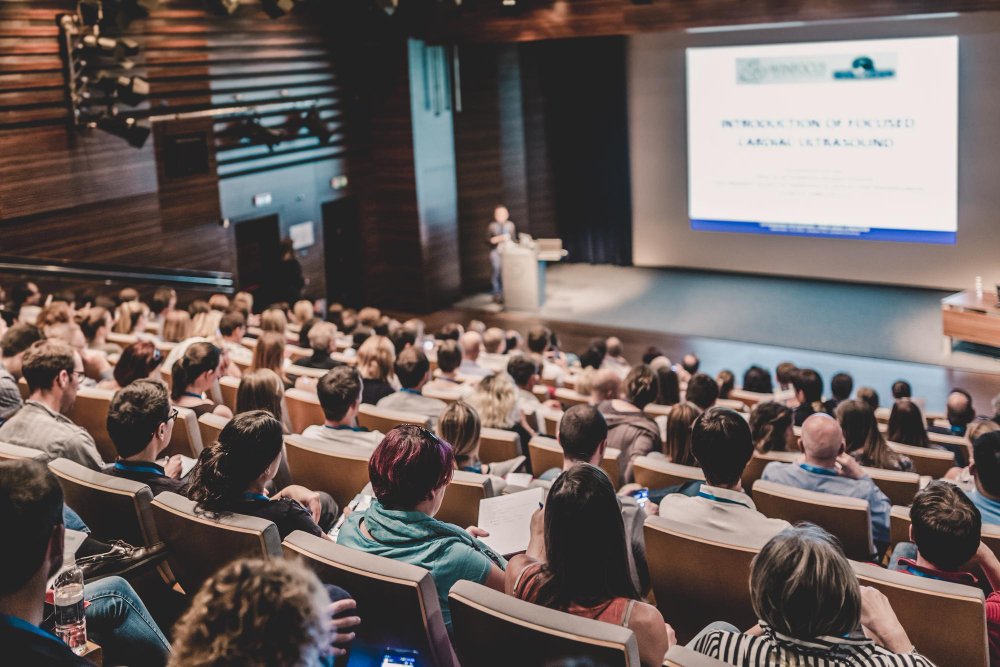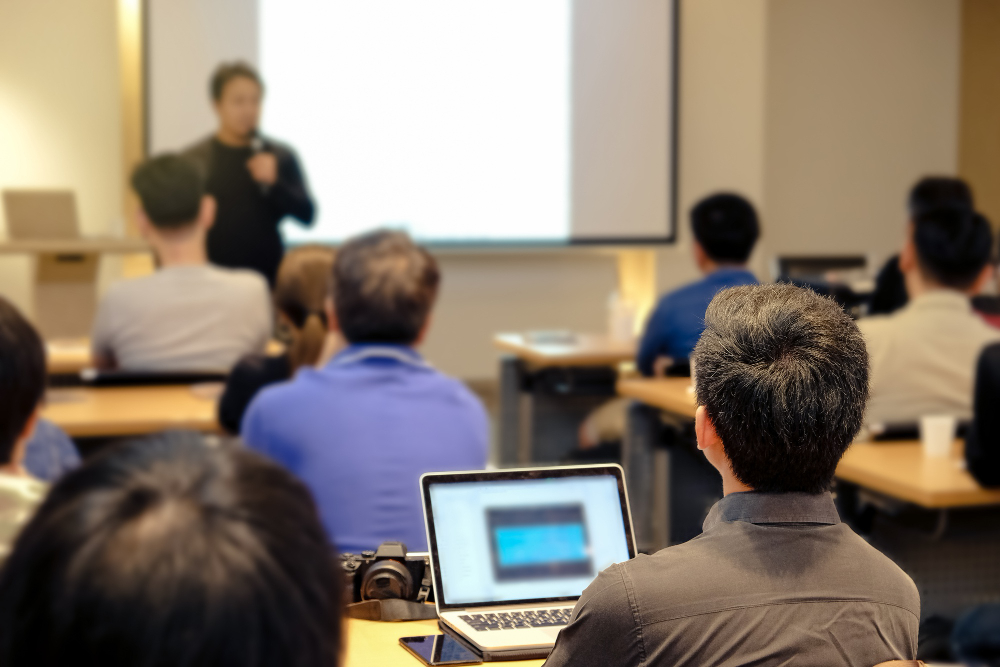Innovative Teaching Strategies: Harnessing the Power of Educational Tools
- 1 Harnessing the Power of Educational Tools
- 2 The Changing Landscape of Education
- 3 Understanding Educational Tools
- 3.1 3.1 Definition and Types of Educational Tools
- 3.2 3.2 The Importance of Incorporating Tools in Teaching
- 4 Key Features of Effective Educational Tools
- 4.1 4.1 Accessibility and Inclusivity
- 4.2 4.2 User-Friendly Interface
- 4.3 4.3 Adaptability to Various Learning Styles
- 5 Case Studies: Successful Implementation
- 5.1 5.1 Real-life Examples of Educational Tools in Action
- 5.2 5.2 Positive Outcomes and Student Engagement
- 6 Challenges and Solutions
- 6.1 6.1 Obstacles Faced in Integrating Educational Tools
- 6.2 6.2 Strategies to Overcome Implementation Challenges
- 7 Best Practices for Teachers
- 7.1 7.1 Training and Professional Development
- 7.2 7.2 Collaboration and Knowledge Sharing Among Educators
- 8 Innovative Teaching Strategies with Educational Tools
- 8.1 8.1 Flipped Classroom Approaches
- 8.2 8.2 Gamification in Education
- 8.3 8.3 Personalized Learning Paths
- 9 Assessing the Impact: Measuring Success
- 10 Future Trends in Educational Tools
- 10.1 10.1 Emerging Technologies in Education
- 10.2 10.2 Anticipated Developments and Their Potential Impact
- 11 Conclusion
In the rapidly evolving landscape of education, innovative teaching strategies have become imperative for fostering effective learning environments. One key element driving this transformation is the integration of educational tools. This article delves into the dynamic realm of modern education, exploring the changing landscape, understanding educational tools, and examining successful implementation through case studies.
Harnessing the Power of Educational Tools

1.1 Background of Innovative Teaching
Education has undergone a remarkable shift from traditional chalk-and-board methodologies to dynamic and interactive teaching strategies. Innovative teaching involves leveraging tools that enhance the learning experience, making it more engaging, accessible, and tailored to individual needs.
1.2 The Role of Educational Tools in Modern Teaching
Educational tools encompass a wide array of digital resources, software, and applications designed to support and augment the learning process. From interactive simulations to collaborative platforms, these tools empower educators to create immersive and personalized learning experiences for students.
The Changing Landscape of Education

2.1 Evolution of Teaching Methods
Historically, education has seen a progression from rote memorization to student-centric, experiential learning. Traditional methods are giving way to innovative approaches that focus on critical thinking, problem-solving, and skill development, aligning with the demands of the contemporary workforce.
2.2 Impact of Technology on Education
The integration of technology in education has been a game-changer. Smart classrooms, virtual labs, and online collaboration tools have redefined the way students engage with information. The democratization of information through the Internet has also enabled global access to educational resources.
Understanding Educational Tools

3.1 Definition and Types of Educational Tools
Educational tools encompass a broad spectrum, including Learning Management Systems (LMS), interactive whiteboards, educational portal apps, and virtual reality simulations. Each type serves a specific purpose, catering to diverse learning styles and objectives.
3.2 The Importance of Incorporating Tools in Teaching
Incorporating educational tools into teaching practices enhances student engagement, facilitates active learning, and provides real-world applications of theoretical concepts. Moreover, it prepares students for the digital age, where technological proficiency is a crucial skill.
Key Features of Effective Educational Tools

4.1 Accessibility and Inclusivity
Effective educational tools prioritize accessibility, ensuring that all students, regardless of physical or cognitive abilities, can participate fully. Inclusivity promotes equal opportunities for learning and fosters a diverse and supportive educational environment.
4.2 User-Friendly Interface
A user-friendly interface is essential for both educators and students. Intuitive design and navigation make it easier to integrate tools seamlessly into the curriculum, reducing the learning curve and allowing teachers to focus on content delivery rather than technical troubleshooting.
4.3 Adaptability to Various Learning Styles
Students have diverse learning styles, and effective educational tools are designed to accommodate these differences. Whether visual, auditory, or kinesthetic learners, tools should provide options for customization, allowing educators to tailor content delivery to individual preferences.
Case Studies: Successful Implementation
5.1 Real-life Examples of Educational Tools in Action
Several educational institutions worldwide have embraced innovative tools to enhance teaching and learning. For instance, the use of virtual reality in medical education allows students to simulate surgeries, providing a realistic and risk-free environment for skill development.
5.2 Positive Outcomes and Student Engagement
The implementation of educational tools has yielded positive outcomes, including increased student engagement, improved retention rates, and enhanced collaboration. Interactive platforms that encourage student participation and feedback contribute to a more dynamic and student-centred learning experience.
Challenges and Solutions
6.1 Obstacles Faced in Integrating Educational Tools
Despite the numerous benefits, integrating educational tools comes with its share of challenges. Resistance to change, inadequate training, and budget constraints are common hurdles faced by educators and institutions aiming to adopt innovative teaching strategies.
6.2 Strategies to Overcome Implementation Challenges
Addressing these challenges requires a proactive approach. Providing comprehensive training programs, fostering a culture of adaptability, and allocating resources for the continuous improvement of tools are essential steps in overcoming resistance and ensuring successful implementation.
Best Practices for Teachers
7.1 Training and Professional Development
To harness the full potential of educational tools, teachers need adequate training and ongoing professional development. Workshops, webinars, and peer collaboration can empower educators to integrate tools effectively, ensuring optimal utilization and positive learning outcomes.
7.2 Collaboration and Knowledge Sharing Among Educators
Collaboration among educators is a cornerstone of successful implementation. Establishing communities of practice where teachers can share experiences, best practices, and innovative lesson plans fosters a supportive environment that promotes continuous improvement in teaching strategies.
Innovative Teaching Strategies with Educational Tools
8.1 Flipped Classroom Approaches
The flipped classroom model, where students engage with instructional content at home and apply their knowledge through collaborative activities in class, is enhanced through educational tools. Online lectures, interactive quizzes, and discussion forums facilitate self-paced learning and deeper understanding.
8.2 Gamification in Education
Gamification involves incorporating game elements into the learning process to enhance motivation and engagement. Educational games and quizzes, often facilitated by online platforms, turn learning into a fun and interactive experience, fostering a positive attitude toward education.
8.3 Personalized Learning Paths
Educational tools enable personalized learning experiences tailored to individual student needs. Adaptive learning platforms adjust the difficulty and pace of content delivery based on students’ performance, ensuring that each student progresses at their optimal rate.
Assessing the Impact: Measuring Success
9.1 Quantitative and Qualitative Evaluation
Measuring the impact of educational tools requires a comprehensive evaluation approach. Quantitative metrics, such as academic performance and completion rates, can be complemented by qualitative assessments, including student feedback and the development of critical thinking skills.
9.2 Student Feedback and Improvement Metrics
Student feedback is a valuable indicator of the effectiveness of educational tools. Regular assessments, surveys, and open communication channels provide insights into student experiences, preferences, and areas for improvement, guiding educators in refining their strategies.
Future Trends in Educational Tools
10.1 Emerging Technologies in Education
The future of educational tools holds exciting possibilities with emerging technologies such as Artificial Intelligence (AI), Augmented Reality (AR), and immersive simulations. These advancements are poised to revolutionize the learning experience, offering even more interactive and dynamic educational opportunities.
10.2 Anticipated Developments and Their Potential Impact
As technology continues to evolve, the educational landscape will witness advancements that cater to the changing needs of learners. From personalized AI-driven tutors to virtual reality field trips, the potential developments in educational tools are vast, promising a future where learning knows no bounds.
Conclusion
11.1 Summarizing the Importance of Educational Tools in Modern Teaching
In conclusion, the integration of educational tools in teaching strategies is pivotal for creating innovative and effective learning environments. From addressing diverse learning styles to preparing students for the digital age, these tools play a crucial role in shaping the future of education.
11.2 Encouraging Continued Exploration and Adoption
As we move forward, educators, institutions, and policymakers need to continue exploring and adopting innovative teaching strategies. By harnessing the power of educational tools, we can pave the way for a transformative educational experience that equips students with the skills.

















